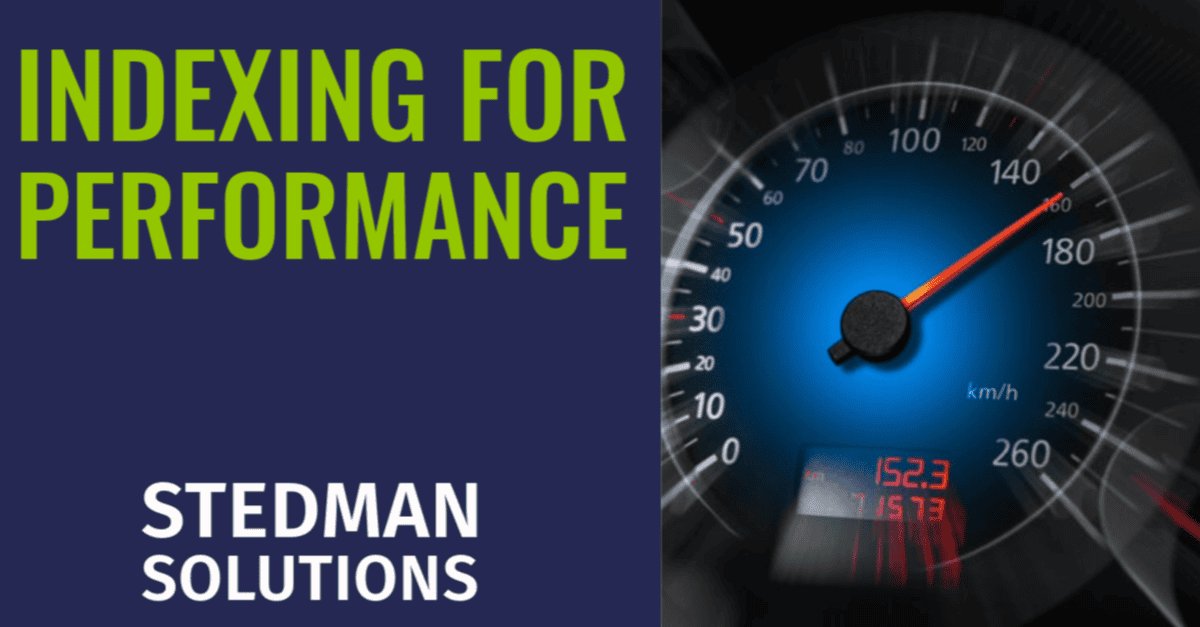Clustered Index vs Nonclustered Index: A guide to understanding the Difference.
When it comes to SQL Server performance optimization, understanding indexes is critical. Two key types of indexes you’ll encounter are clustered indexes and nonclustered indexes. Both serve the purpose of speeding up data retrieval, but they operate differently and are suited to different use cases. In this article, we’ll break down the clustered index vs nonclustered index debate to help you choose the right indexing strategy for your SQL Server database.
What is a Clustered Index?
A clustered index determines the physical order of data in a table. Think of it as the “default” order in which rows are stored on disk. When a table has a clustered index, the rows are stored in the order of the indexed column(s). This is why a table can only have one clustered index—you can’t physically store the same data in more than one order.
For example, if a clustered index is created on a column like OrderID, the rows in the table will be physically arranged based on the OrderID values. This makes clustered indexes particularly useful for queries that involve sorting or range searches, such as:
SELECT * FROM Orders WHERE OrderID BETWEEN 100 AND 200 ORDER BY OrderID;
What is a Nonclustered Index?
A nonclustered index, on the other hand, is like a lookup table. It creates a separate structure that holds pointers (or row locators) to the physical data stored in the table. Nonclustered indexes don’t alter the physical order of data in the table. Instead, they act as a roadmap to help SQL Server find rows more efficiently.
You can create multiple nonclustered indexes on a table to optimize different queries. For instance, if you frequently search for customers by LastName, creating a nonclustered index on the LastName column can significantly improve performance:
SELECT * FROM Customers WHERE LastName = 'Smith';
Key Differences Between Clustered Index vs Nonclustered Index
Here’s a breakdown of the major differences between a clustered index and a nonclustered index:
| Feature | Clustered Index | Nonclustered Index |
|---|---|---|
| Physical Order | Determines the physical order of rows in the table. | Does not affect the physical order of rows. |
| Number per Table | Only one clustered index per table. | Multiple nonclustered indexes can be created. |
| Data Storage | Stores the actual data along with the index. | Stores pointers to the actual data. |
| Use Case | Best for sorting and range queries. | Best for point lookups and covering specific queries. |
When to Use Clustered Indexes
Clustered indexes are ideal for:
- Primary Keys: In SQL Server, the primary key constraint automatically creates a clustered index unless specified otherwise.
- Range Queries: For queries that retrieve ranges of data, such as
BETWEENorORDER BYclauses. - Frequently Accessed Data: When queries commonly return sorted results based on a specific column.
When to Use Nonclustered Indexes
Nonclustered indexes work best for:
- Columns Frequently Searched: Columns used in
WHEREclauses or joins. - Covering Queries: A nonclustered index can include additional columns to “cover” a query, meaning SQL Server doesn’t need to access the base table.
- Tables with Multiple Query Patterns: Since you can create many nonclustered indexes, they provide flexibility for various queries.
How Clustered Index vs Nonclustered Index Affects Performance
The choice between a clustered index and a nonclustered index can significantly impact query performance:
- Clustered Index Performance: Since the rows are physically sorted, queries that return large data ranges tend to perform faster. However, updating the clustered column can be costly, as it requires rearranging the table’s data.
- Nonclustered Index Performance: Nonclustered indexes speed up point lookups but may require additional storage because they maintain a separate structure. Too many nonclustered indexes can also slow down data modifications (e.g.,
INSERT,UPDATE,DELETEoperations).
Best Practices for Indexing
- Choose Your Clustered Index Wisely: Often, the primary key is the best candidate for a clustered index because it uniquely identifies rows and is frequently used in queries.
- Create Nonclustered Indexes for Frequent Queries: Identify columns that are often used in searches, filters, or joins, and create nonclustered indexes on those.
- Monitor and Optimize Index Usage: Use tools like Database Health Monitor to identify unused or poorly performing indexes. This free tool can help you fine-tune your indexing strategy for better performance.
Conclusion
In the clustered index vs nonclustered index comparison, the choice comes down to the type of queries you’re optimizing for. Clustered indexes are excellent for sorting and range queries, while nonclustered indexes shine in point lookups and covering queries. A well-thought-out indexing strategy can drastically improve the performance of your SQL Server database.
If you’re unsure about your indexing strategy or need help optimizing SQL Server performance, Stedman Solutions can help. Our SQL Server Managed Services include monitoring, performance tuning, and expert advice to keep your databases running smoothly. Reach out to us today to learn more!
Other Classes and Related links
- Stedman SQL School
- Database Health Monitor Class
- Backup and Recovery Class – (Overview Video)
- JOIN Types class
- SQL DBA and Developer Interview Prep Course
- Corruption Repair Course – (Overview Video)
- SQL Server Performance Tuning class
- Youtube video with a overview of all our classes.
- Mentoring from Stedman Solutions.
- Need help, reach out for a free 30 minute consultation.
